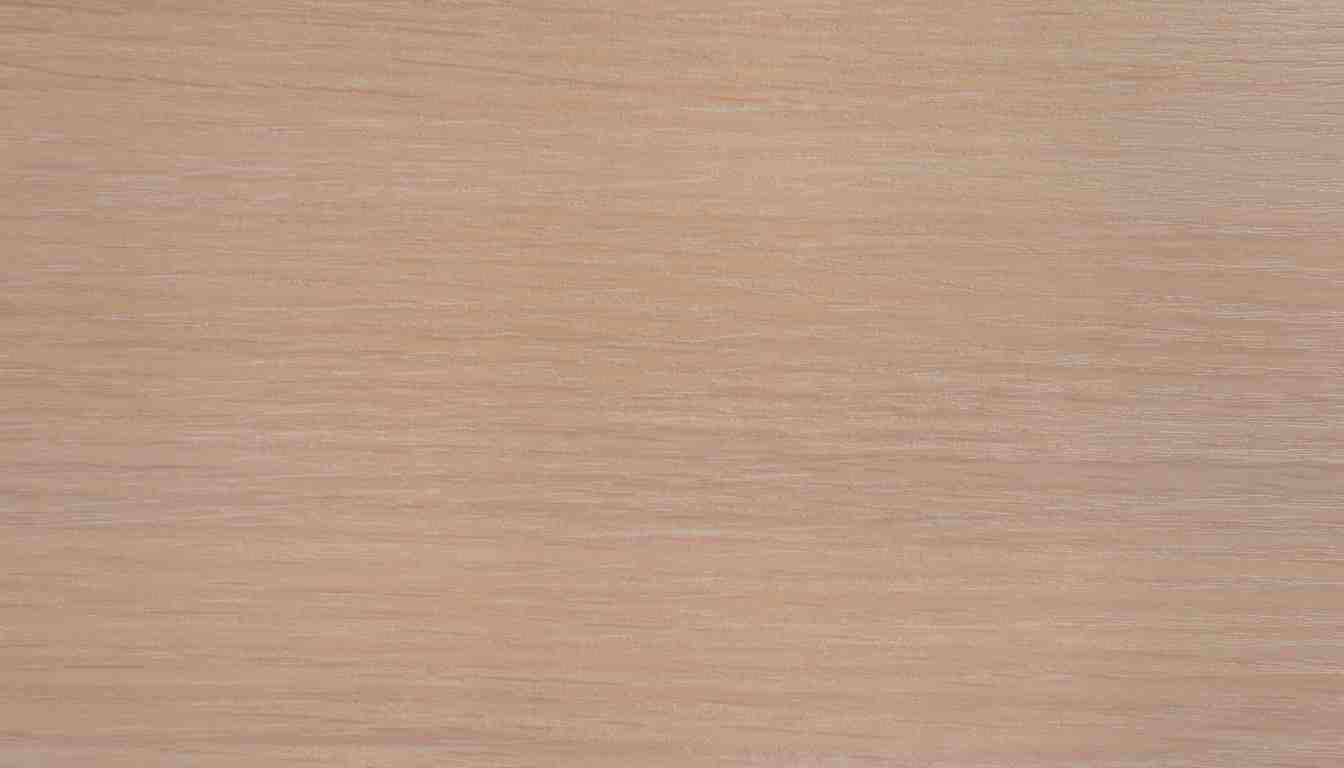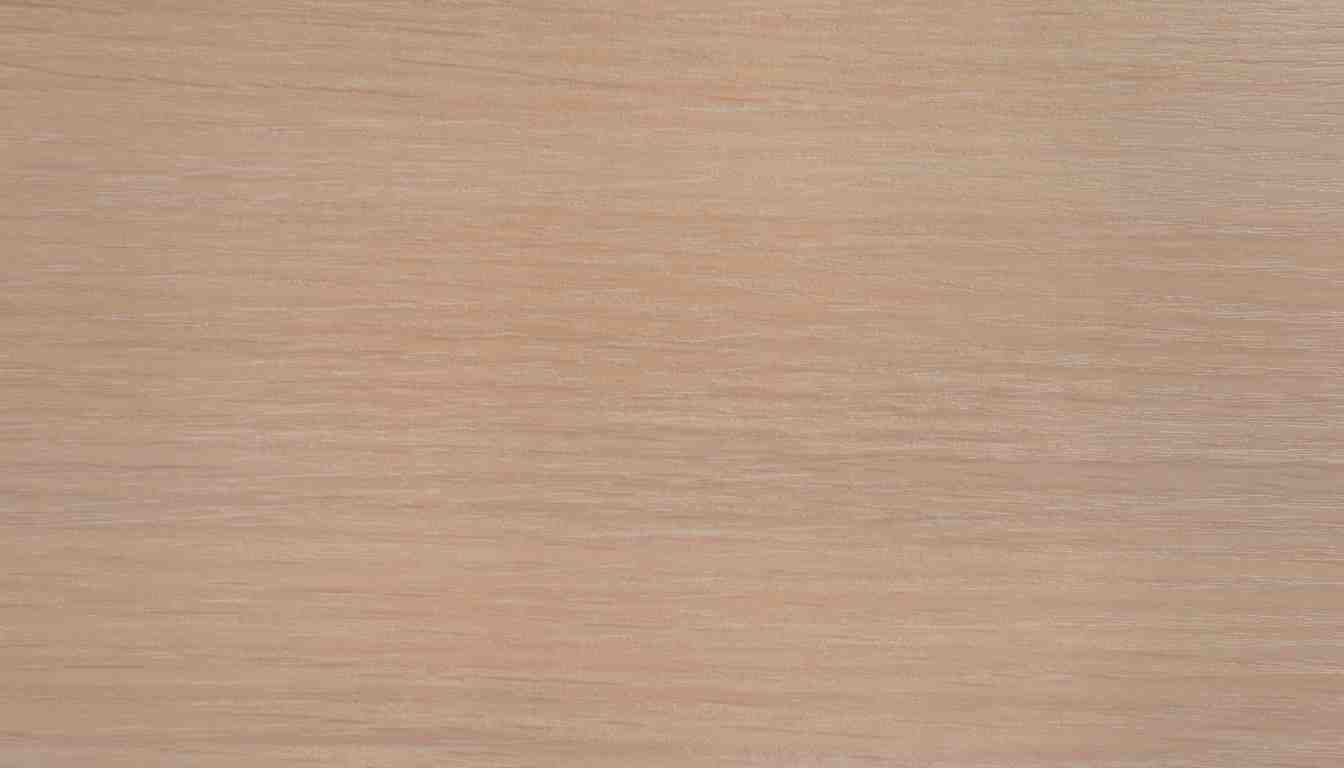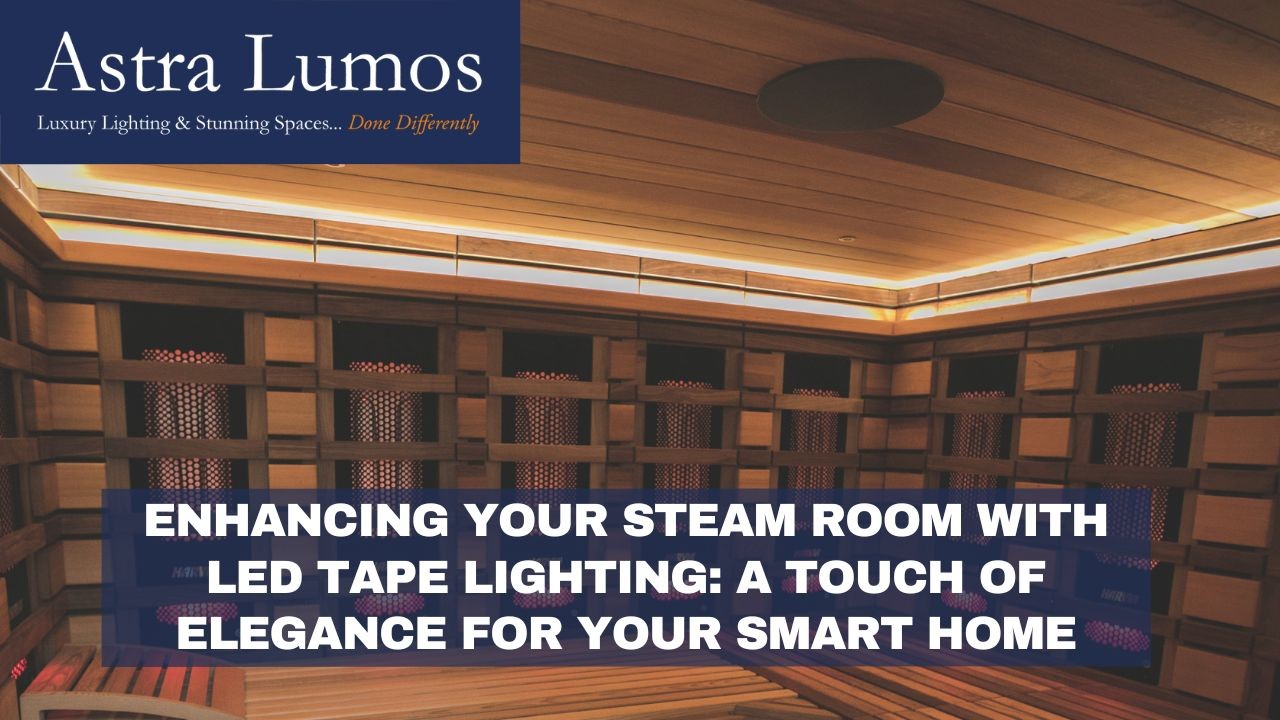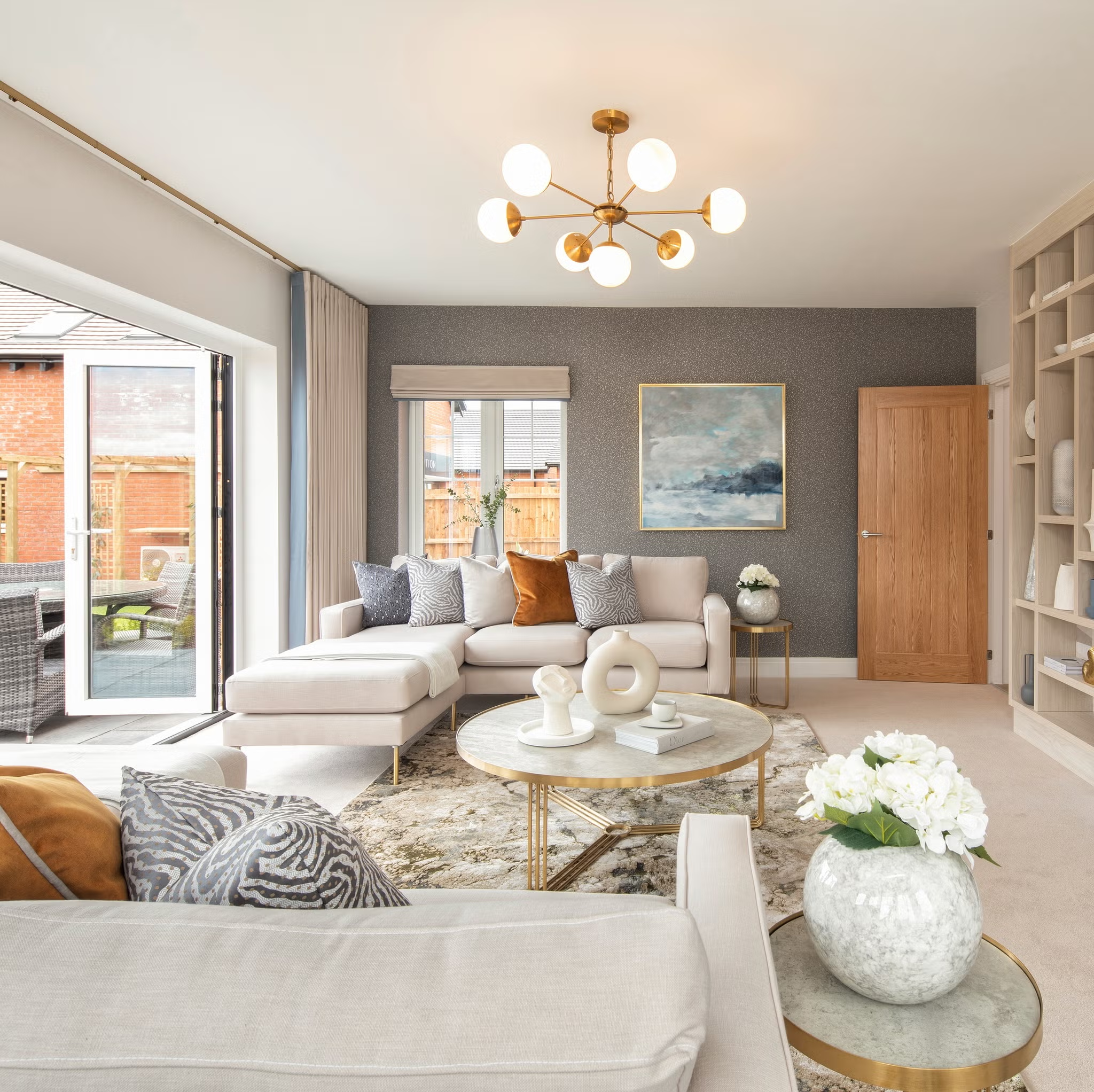Light colored wood, such as birch, maple, or oak, brings a fresh and natural look to any space. These woods add warmth and brightness, making them a popular choice for modern and Scandinavian interior styles.
Light wood also reflects light, creating an airy and spacious feel in smaller rooms. The natural grain and textures of light wood add character and visual interest, enhancing the overall aesthetic of the furniture, flooring, or decor. Whether used in furniture, flooring, or accents, light colored wood infuses a sense of tranquility and modern elegance into interiors, making it a timeless and versatile choice for homes and commercial spaces alike.
The Beauty Of Light Coloured Wood
Light-colored wood has an innate charm that brings a sense of warmth and elegance to any space. The natural tones and grains of light-colored wood create a soothing and inviting atmosphere, while also infusing brightness and a touch of nature into interior design. Let’s explore the beauty of light-colored wood and how it enhances the aesthetics of various settings.


Natural Tones And Grains
Light-colored wood manifests a myriad of natural tones and grains, ranging from creamy whites to soft honey hues. This diversity allows for versatility in design applications, catering to different preferences and styles. The gentle, intricate patterns and textures within light-colored wood add a sense of organic allure and character. Its subtle elegance can complement a wide range of interior themes, from rustic to modern, offering a timeless appeal that withstands passing trends.
Enhancing Brightness In Spaces
Light-colored wood has the remarkable ability to elevate the brightness of a space. Its reflective properties and light-absorbing features can create a visually open and airy ambiance. When used for flooring, furniture, or decor elements, it contributes to a sense of spaciousness and radiance within a room. The pairing of light-colored wood with natural light further accentuates its luminosity, resulting in a welcoming and uplifting environment.
Types Of Light Coloured Wood
Light-colored wood is a popular choice for many homeowners, offering a bright and airy aesthetic that can open up a space. There are several types of light-colored wood varieties that offer their unique characteristics and benefits. Let’s delve into the different types of light-colored wood and explore what makes each one special.
Maple
Maple is a durable and elegant light-colored wood that is often recognized for its fine, uniform texture and subtle grain pattern. It is known for its strength and resistance to wear and tear, making it an ideal choice for furniture, cabinets, and flooring. The light, creamy hue of maple can bring a sense of warmth and sophistication to any room.
Birch
Birch wood features a pale, creamy color with a fine, straight grain that adds a touch of natural beauty to any interior space. Birch is prized for its smooth and even surface, making it a popular choice for veneers, cabinetry, and decorative accents. Its light tone and smooth texture offer a timeless appeal that complements a wide range of design styles.
Pine
Pine is a softwood with a light, pale yellow color and distinctive knots and patterns that add character and charm to any application. It is commonly used for furniture, paneling, and flooring, bringing a rustic and inviting feel to the space. While pine is softer than hardwoods like maple and birch, its natural warmth and unique grain patterns make it a beloved option in many homes.
Applications In Interior Design
Light colored wood offers a wide range of applications in interior design that bring a sense of warmth and elegance to living spaces. From flooring options to cabinetry and furniture, this versatile material adds a touch of natural beauty to any room.
Flooring Options
Light colored wood flooring is a popular choice for creating a bright and airy feel in interior spaces. Its clean and minimalist look complements a variety of design styles, from modern to rustic.
Cabinetry And Furniture
Light colored wood cabinetry and furniture create a timeless and sophisticated aesthetic in kitchens, bathrooms, and living areas. The light hue opens up the space and can be easily paired with different color schemes.

Credit: www.linkedin.com
Maintenance And Care Tips
Light colored wood not only adds elegance and warmth to your space but also requires proper maintenance to ensure its long-lasting beauty. By following some simple care tips, you can keep your light-colored wood furniture or flooring looking its best for years to come.
Cleaning Techniques
Regular cleaning is essential to maintain the pristine appearance of your light-colored wood. Here are some effective cleaning techniques:
- Dust regularly: Dust your wood surfaces with a soft microfiber cloth or a feather duster at least once a week to prevent dirt and debris from accumulating.
- Gentle wipe down: Use a slightly damp cloth to wipe down the surface of the wood. Avoid using excessive water or soaking the wood, as this can cause damage.
- Mild soap solution: For stubborn stains, mix a small amount of mild soap, such as dishwashing liquid, with warm water. Dampen a cloth in the solution, wring out excess moisture, and gently scrub the affected area. Remember to dry the wood thoroughly once the stain is removed.
Preventing Discoloration
Preventing discoloration is key to maintain the natural beauty of light-colored wood. Here are some tips to help you prevent discoloration:
- Avoid direct sunlight: Prolonged exposure to sunlight can cause light-colored wood to fade or darken. Use curtains or blinds to protect your furniture or flooring from direct sunlight.
- Protective coatings: Apply a protective coating, such as varnish or sealant, to your light-colored wood surfaces. This will provide an additional layer of protection against stains and discoloration.
- Use coasters and placemats: To prevent water rings, stains, or scratches, always use coasters for drinks and placemats for dishes and hot items. This will help protect the surface of your light-colored wood.
By implementing these maintenance and care tips, you can ensure that your light-colored wood retains its beauty and durability for years to come.
Environmental Benefits
Light coloured wood, such as pine and birch, not only brings a refreshing and natural aesthetic to any space, but it also boasts numerous environmental benefits. From sustainability practices to carbon footprint reduction, the use of light coloured wood promotes a healthier and greener planet.
Sustainability Practices
Light coloured wood is often sourced from sustainably managed forests, ensuring that the wood is harvested responsibly without depleting natural resources. Sustainable forestry practices involve replanting trees, protecting wildlife habitats, and minimizing environmental impacts.
Carbon Footprint Reduction
Choosing light coloured wood helps to reduce carbon footprint. Lighter wood species, like birch or maple, require less energy for processing and transportation compared to darker woods. Additionally, the light colour reflects more sunlight, reducing the need for artificial lighting and energy consumption in indoor spaces where light wood is used.
Historical Significance
Light-colored wood has a rich historical significance, dating back centuries.
Traditions And Cultural Relevance
In many traditional cultures, light-colored wood was revered for its natural beauty and versatility.
- Regarded as a symbol of purity and peace.
- Used in sacred rituals and ritualistic ceremonies.
Evolution In Modern Design
The modern design industry has embraced light-colored wood for its elegance and simplicity.
- Incarnation in scandinavian style influenced by light wood tones.
- Integration into contemporary furniture design for a timeless appeal.
Complementary Color Palettes
Complementary color palettes play a crucial role in creating visually appealing and harmonious interiors. When it comes to light-colored wood, understanding how to incorporate complementary colors can significantly enhance the aesthetic appeal of the space. By carefully selecting complementary hues, you can achieve a balanced and inviting environment where the natural beauty of light-colored wood truly shines.
Creating Harmonious Interiors
When working with light-colored wood, it’s essential to consider complementary color schemes to achieve harmonious interiors. By combining light-colored wood with complementary hues such as soft blues, pale greens, or muted earth tones, you can create a soothing and cohesive ambiance. These complementary colors not only accentuate the warmth and richness of the wood but also contribute to a balanced and visually appealing space.
Contrasting Elements
Introducing contrasting elements to your light-colored wood interiors can add depth and interest to the overall design. Incorporating pops of bold, complementary colors such as vibrant oranges, deep purples, or fiery reds can create a striking juxtaposition against the light wood, resulting in a dynamic and energetic atmosphere. Additionally, juxtaposing light-colored wood with complementary dark accents, such as charcoal grays or deep navy blues, can provide a sense of sophistication and drama to the space.
Popularity And Trend Forecast
Light colored wood has been gaining popularity in interior design and furniture manufacturing in recent years. Its natural, airy appearance and ability to brighten spaces have made it a favorite among homeowners and designers alike. Let’s delve into the current market demands and future projections of light colored wood.
Current Market Demands
Currently, light colored wood is in high demand across various industries. It’s used in the production of contemporary furniture, kitchen cabinets, flooring, and wall paneling. Its versatility and timeless appeal have solidified its position as a preference for modern interior spaces.
Future Projections
In the future, the popularity of light colored wood is expected to rise further. With the growing movement towards sustainable living, the use of light colored wood aligns with the preference for natural, eco-friendly materials. Moreover, as the trend towards creating bright, open living spaces gains momentum, light colored wood is anticipated to play an even larger role in interior design.

Credit: www.housebeautiful.com
Frequently Asked Questions For Light Coloured Wood
What Is Light Coloured Wood?
Light coloured wood refers to wood that has a lighter shade or hue compared to other types of wood. It can range from pale blond tones to light brown or grey shades. Light coloured wood is known for its natural beauty and ability to brighten up a space, making it a popular choice for furniture, flooring, and decorative purposes.
What Are The Benefits Of Using Light Coloured Wood In Interior Design?
Using light coloured wood in interior design has several benefits. It can create a sense of spaciousness and light in a room, making it appear larger and brighter. Light coloured wood also provides a neutral backdrop that can easily be paired with different decor styles and colors.
Additionally, it can add a touch of warmth and natural beauty to a space, enhancing its overall aesthetic appeal.
How Can I Protect And Maintain Light Coloured Wood?
To protect and maintain light coloured wood, it is important to follow a few steps. Firstly, avoid placing the wood furniture or flooring in direct sunlight, as this can cause fading. Regularly dusting and cleaning the wood surfaces with a soft cloth dampened with a mild cleaner is recommended.
It is also advisable to use coasters or placemats to prevent water rings and stains. Finally, applying a protective finish or wax can help to preserve the wood’s natural beauty and prevent damage.
Which Types Of Wood Are Commonly Used For Light Coloured Wood Products?
Several types of wood are commonly used for light coloured wood products. Some popular choices include maple, birch, pine, ash, and oak. These types of wood are known for their light hues and natural grain patterns, making them ideal for creating light coloured furniture, flooring, and other wooden products.
Conclusion
Light-colored wood enhances the aesthetic of any space. Its versatility and warmth are timeless. Whether for furniture or flooring, light wood adds a touch of elegance. Embrace the beauty and charm of light-hued wood in your decor for a fresh and inviting ambiance.


